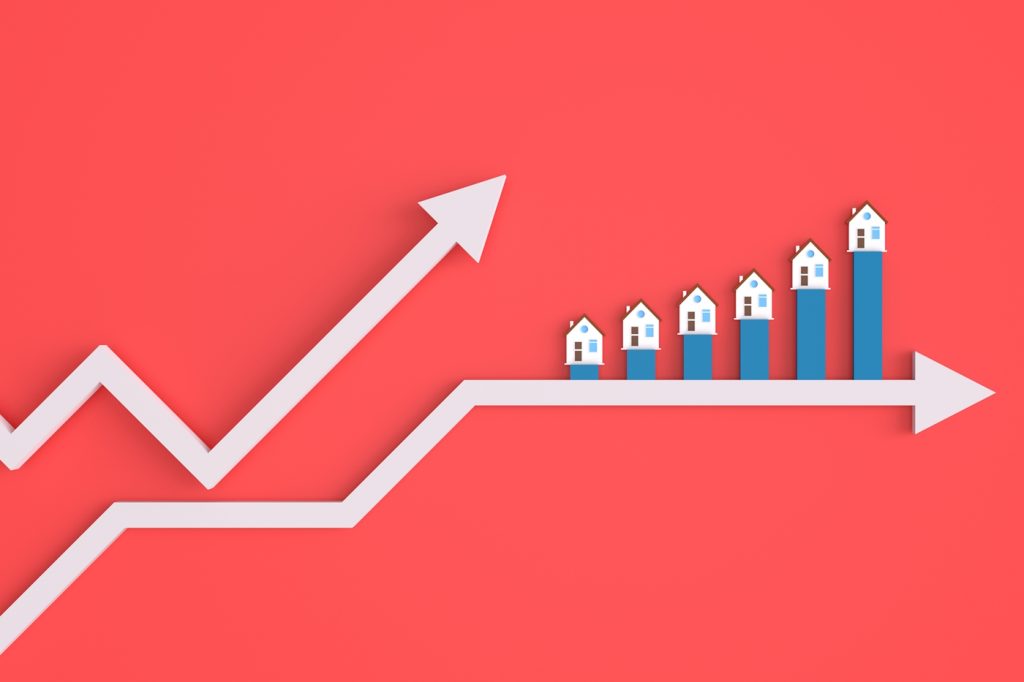
Non-bank mortgage lenders continued to see steady growth in Q4 2024, but the pace has slowed sharply compared to the boom years of 2021 and 2022, according to the latest figures from Statistics Canada.
Interest rates, delinquency trends and a growing share of uninsured lending all point to a changing market for alternative lenders.
Lending volumes rise, but growth moderates
Non-bank lenders held $405.3 billion in residential mortgages at the end of Q4 2024, up 3.5% from a year earlier. That marks a roughly 20% increase from Q4 2020, though the momentum cooled in 2023 as the Bank of Canada’s rapid rate hikes slowed both refinancing and new originations.
The total number of outstanding non-bank mortgages also edged higher to 1.85 million by year-end. However, growth was uneven—flat through much of 2023 and only picking up again later in 2024 as the market adjusted to a higher-rate environment.
With balances growing faster than mortgage counts, the average mortgage size also crept up to around $220,000—about 13% higher than in late 2020.
Uninsured loans now dominate portfolios
One of the biggest shifts in non-bank lending in recent years has been the move toward uninsured mortgages.
By the end of 2024, nearly 68% of all mortgage dollars held by non-bank lenders were uninsured—up from 60% back in 2020. That change points to growing demand for conventional loans, often from borrowers with larger down payments or those refinancing existing properties.
At the same time, insured mortgage volumes have been on the decline. The number of insured loans has dropped by about 10% since 2020, and the total dollar amount has dipped slightly to $131.9 billion. Meanwhile, the number of uninsured loans has grown by around 16% over that same period.
Delinquencies on the rise—especially for uninsured loans
While most non-bank borrowers are still keeping up with payments, there’s been a noticeable rise in delinquencies—particularly in the uninsured segment.
By the end of 2024, nearly $7.8 billion worth of uninsured mortgages were behind on payments, up 16% from the year before. The number of delinquent loans also climbed by about 5%.
And it’s not just more people falling behind—it’s bigger loans, too. The average unpaid balance on these mortgages is now around $260,000, suggesting that borrowers with larger loans are increasingly under strain.
Insured mortgages, on the other hand, have remained more stable. The total value of insured loans in arrears was $3.28 billion—up just 2% from late 2020. In fact, the number of insured borrowers behind on payments has actually dipped slightly over the past four years.
In terms of the overall portfolio, about 2.3% of uninsured and 3% of insured non-bank mortgages were in arrears by the end of the year.
Visited 770 times, 770 visit(s) today
delinquencies mortgage arrears mortgage credit mortgage statistics mortgage volumes non-bank lenders statcan statistics statistics canada
Last modified: April 23, 2025

